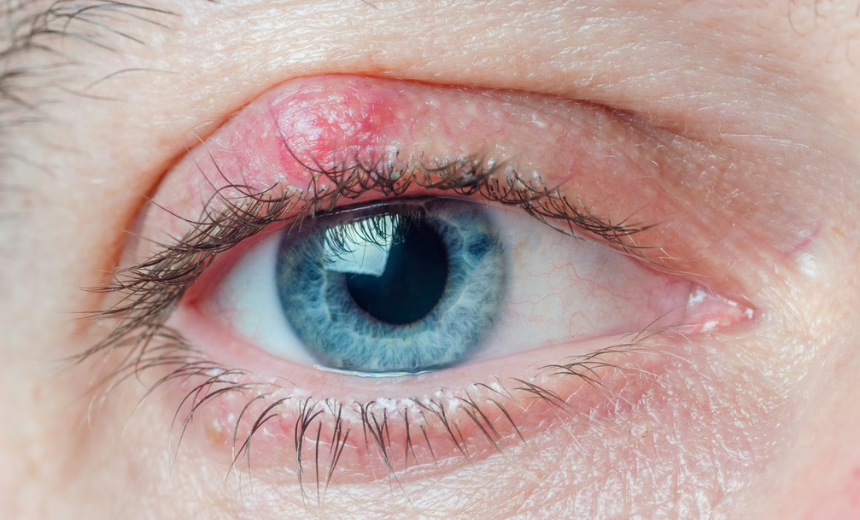"*" indicates required fields

Chalazion

What is a chalazion?
A chalazion (plural chalazia) is a lump in the eyelid caused by blockage of meibomian glands (the oil glands within the eyelid). It is usually caused by underlying blepharitis, a condition in which the eyelids, including the oil glands within the lids, are chronically inflamed.
Is a chalazion an infection?
Chalazia rarely become infected. They are sometimes red, sore and swollen due to inflammation in the surrounding tissues.
What is the treatment for a chalazion?
In the first instance, treatment involves hot compresses to try to soften and melt the retained oily substance within the cyst, followed by massage to try to express the retained oil. Short courses of antibiotic and steroid ointments may be prescribed. It is important in the longer term to perform regular lid hygiene to control the blepharitis and prevent future recurrences.
Patients with severe blepharitis or frequent recurrent chalazia are sometimes prescribed an antibiotic called doxycycline for six to twelve weeks. Doxycycline is thought to modify the oil gland secretions in the lids and reduce bacterial growth in the lids. Most chalazia will resolve with these simple measures within six months.
In cases of persistent, large or troublesome chalazia, incision and curettage surgery is recommended.
What does surgical treatment involve?
The surgery is usually performed under local anaesthetic, except in young children. The cyst is drained via a small incision on the underside of the lid to avoid a scar. Stitches are not required.
Antibiotic ointment is instilled, and a firm eye pad is placed over the eye. The pad can be removed after a couple of hours or left overnight. The lid is normally bruised and swollen after the procedure and this usually settles within two weeks. Antibiotic drops and/or ointment are usually prescribed for the first week to prevent infection.
What are the risks of surgery?
The risks of chalazion surgery include bleeding, bruising and swelling (common and temporary), infection (rare), recurrence or incomplete drainage, and visual loss (exceedingly rare).
Can the chalazion come back?
Occasionally the chalazion is incompletely drained and may require a second surgical drainage. More commonly, patients who have developed one chalazion are prone to developing further chalazia, particularly if the underlying blepharitis is not controlled.
The information on this page is general in nature. All medical and surgical procedures have potential benefits and risks. Consult your ophthalmologist for specific medical advice.
Date last reviewed: 2025-05-06 | Date for next review: 2027-05-06

